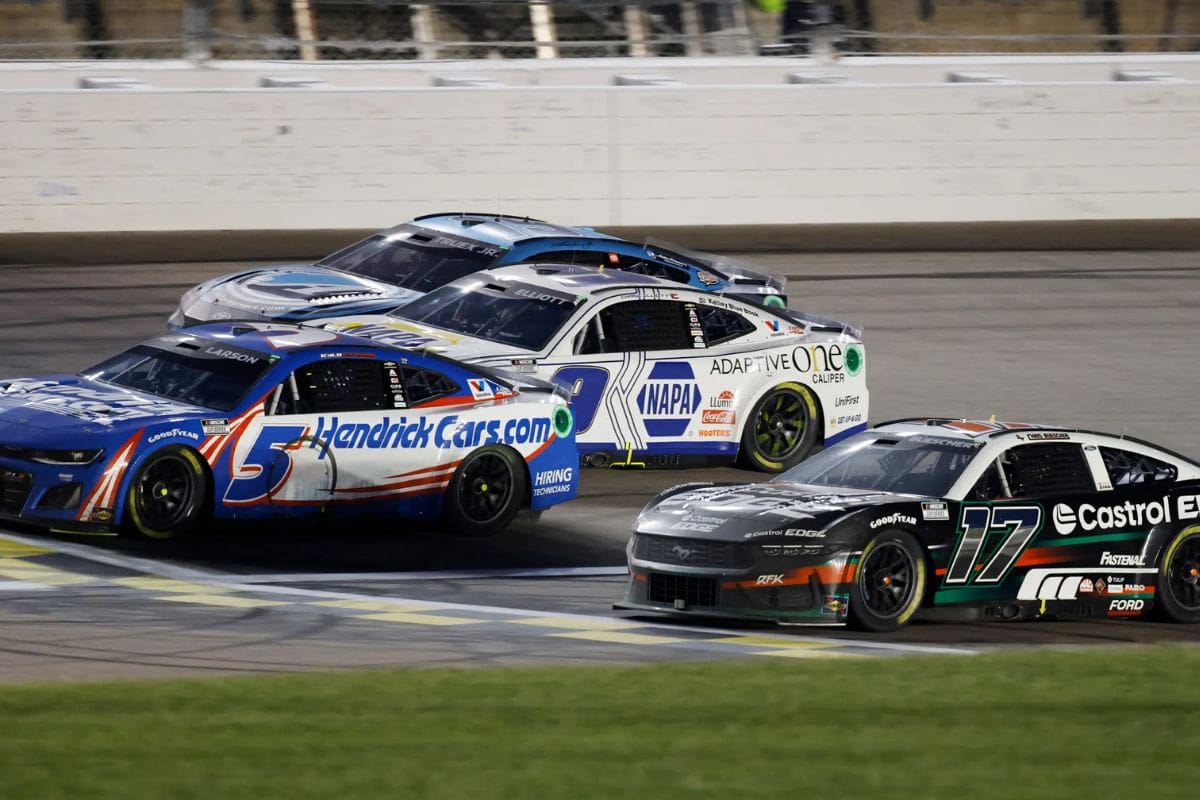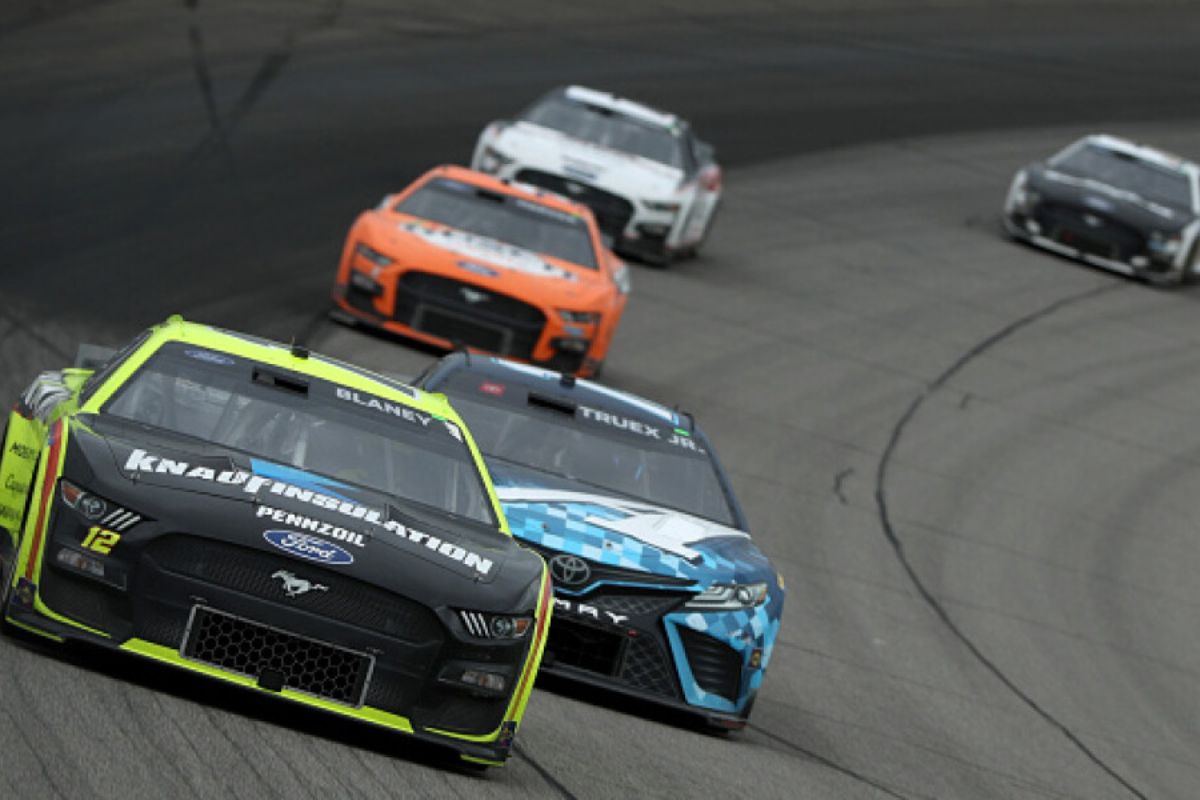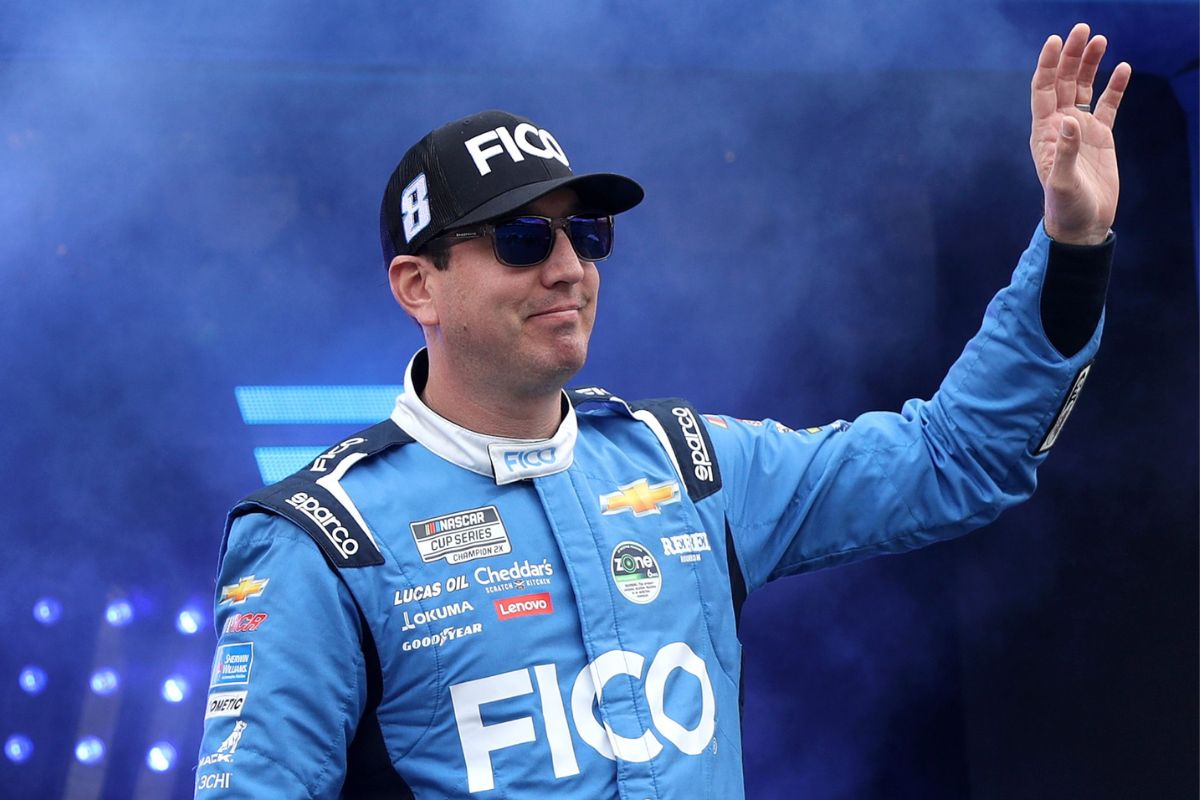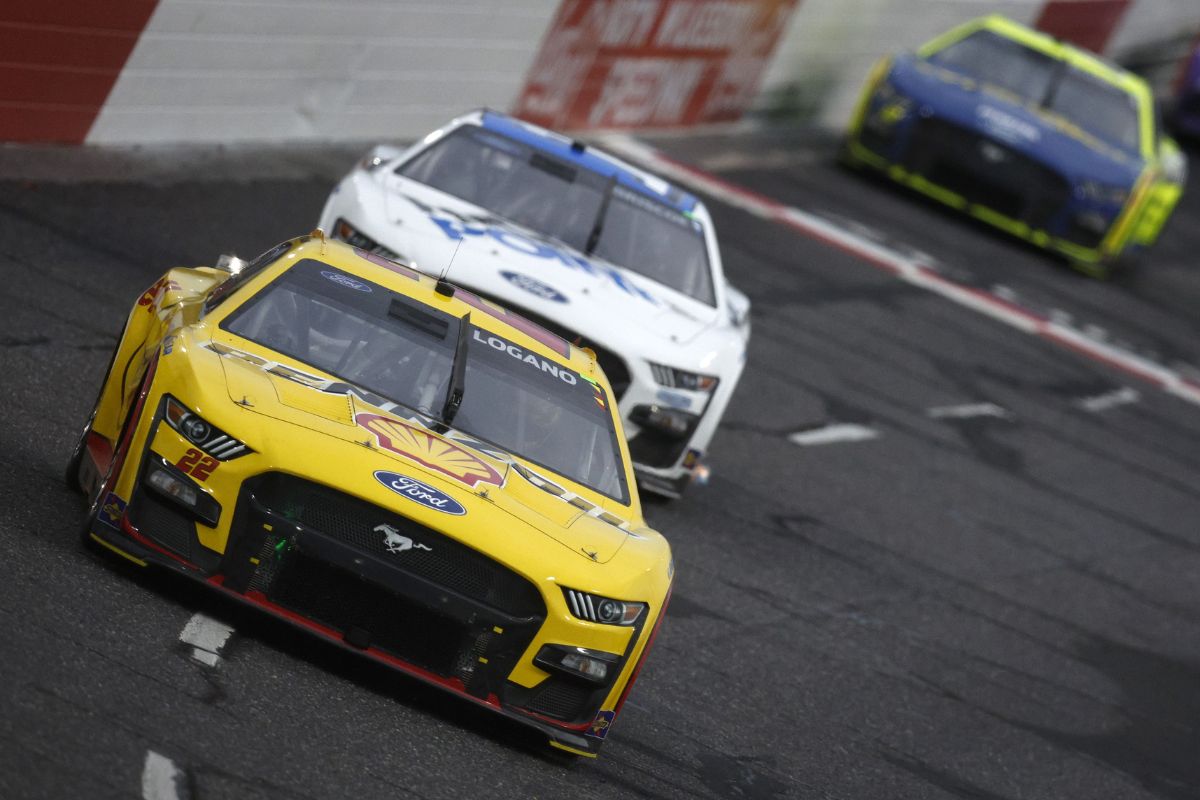Fans Brand Next-Gen ‘Clown Territory’: The recent branding of NASCAR’s Next-Gen cars as ‘Clown Territory’ by fans signals a deeper undercurrent of dissatisfaction and loyalty, juxtaposed intriguingly against the backdrop of a partner grappling with a staggering $3.8 billion financial crisis. This phenomenon is not merely about the aesthetics or performance of the cars but reflects a broader narrative of resilience and adaptability within the fan community. As these enthusiasts continue to support the sport amidst significant upheavals, one must wonder how this solidarity will influence the future strategies of NASCAR and its partners.
Key Takeaways
- Fans express frustration over Next-Gen car issues, impacting NASCAR’s image during critical times.
- The term “Clown Territory” reflects dissatisfaction with ongoing integration and performance problems.
- Partner facing $3.8B financial troubles exacerbates concerns about stability and future investments in NASCAR.
- The situation underlines the need for NASCAR and partners to address technical and financial challenges collaboratively.
- Fans’ feedback highlights urgency for revising tire specifications and car design to improve race integrity and safety.
The Next-Gen Car and Goodyear Tires: A Troubling Combination
The integration of Goodyear tires with the Next Gen car has consistently fallen short of expectations, igniting widespread criticism and highlighting significant performance deficiencies during key races such as the AdventHealth 400. This persistent issue not only reduces the competitive integrity of races but also raises questions about the synergy between tire technology and vehicle design in modern NASCAR series.
Goodyear, a longstanding NASCAR partner, has faced challenges adapting its tires to the unique demands of the Next Gen car. Launched with much fanfare, this new vehicle model promised improved performance and safety. However, the mismatch between the tire composition and car dynamics has led to numerous instances of premature wear and unexpected failures, frustrating drivers and teams equally. At the AdventHealth 400, these deficiencies were stark, with tire issues influencing race strategies and outcomes in ways that detracted from the sport’s appeal.
Joey Logano goes around and through the grass! pic.twitter.com/cmk0pg8gWv
— FOX: NASCAR (@NASCARONFOX) May 6, 2024
The core of the problem lies in the tire’s inability to cope with the increased loads and altered suspension geometry of the Next Gen car. Despite Goodyear’s efforts to innovate, the repeated tire failures suggest a deeper, possibly systemic issue. Tire wear is not just a matter of rubber meeting road; it is a complex interaction influenced by vehicle weight distribution, track surface, and even weather conditions.
Joey Logano’s Wreck Highlights the Issue
Joey Logano’s recent wreck at Kansas Speedway serves as a significant demonstration of the persistent issues plaguing the Next-Gen Goodyear tire package, critically impacting his performance and race outcome. Starting from a promising 11th position, Logano’s experience rapidly deteriorated due to excessive tire wear, rendering his strategy and skill almost moot as he plummeted to an unfortunate 34th place.
The Next-Gen vehicle’s collaboration with Goodyear was intended to introduce a more competitive and dynamic racing environment. However, the recurring tire failures across different circuits suggest a mismatch in the tire design’s adaptability to the unique demands of these advanced cars. The high degradation rate observed not only diminishes the competitive element but also introduces a significant safety hazard, as evidenced by Logano’s wreck.
Analyzing Logano’s lap times and tire telemetry could provide deeper insights into the specific failure modes of the tire compound and construction under race conditions. It’s imperative for Goodyear to address these issues through rigorous testing and improved quality control measures. The focus should be on creating a tire that not only supports but augments the performance capabilities of the Next-Gen cars without compromising on durability.
Kyle Busch’s Experience Adds to Concerns
Busch’s ordeal highlights a crucial aspect of the Next-Gen vehicle’s performance: the reliability and durability of its tires. Despite his adeptness and strategic positioning within the race, the tire failure incident not only impeded his potential victory but also projected broader implications on the tire’s adaptability to diverse racing conditions and tracks.
Analytically, this incident invites scrutiny over Goodyear’s formulation and structural integrity of the Next-Gen tires. The occurrence of tire issues, despite the absence of prior aggressive wear or notable external damage, suggests potential flaws in tire composition or a mismatch in tire-to-track compatibility. This is particularly concerning as tire performance is crucial in not only dictating race strategy but also in ensuring driver safety.
Further, Busch’s ability to maintain a top-tier performance until the failure incident points towards an intermittent yet critical vulnerability in tire performance under race duress. This raises questions about the consistency of tire quality amidst different operational thresholds—speeds, track temperatures, and cornering loads—which are vital for maintaining optimal tire performance throughout a race.
NASCAR Community’s Frustration Grows
Mounting frustration within the NASCAR community highlights the escalating concerns over the Next-Gen car’s tire durability and its impact on race outcomes. The core of the issue stems from numerous reports and fan observations pointing to the Goodyear tires equipped on the Next-Gen vehicles. These tires, critical for performance, have shown a tendency to fail under race conditions, often leading to unplanned pit stops or worse, catastrophic race-ending incidents. Such events not only disrupt the flow of the race but also skew competition, potentially altering championship trajectories.
“Not good that a relatively harmless spin and couple of flats can completely strand a car on the track.”
“Gotta fix this tire crap. A flat tire takes 30 laps of caution because you can’t move. That is ridiculous.” – Fans reaction
This growing dissatisfaction is rooted in the mechanics of the tire-setup interaction with the Next-Gen car’s design. Fans and insiders are questioning whether the integration has been fully optimized or rushed, given the high-stakes nature of NASCAR races. A tire blowout, while inherently a part of motorsport risks, has become a more pronounced issue with this generation of vehicles, leading to calls for a thorough review and potential overhaul of tire specifications and car design in tandem.
“These cars not being able to get to pit road from flat tires is the stupidest thing ever! The rear-toe link idea is also stupid. Change is good, but not for those things.”
“Flat tire puts you 3 laps down #Clownshow at the #Nascarnival event.” – fans reaction
The technical complexities involved in tire performance include factors like wear rates, heat tolerance, and adaptability to different track conditions. The current scenario suggests a mismatch between the tire capabilities and the demands placed by the Next-Gen car’s specifications.
Looking Ahead Despite Challenges
Despite ongoing challenges with tire durability, the NASCAR community remains dedicated to evolving and enhancing the racing experience. The AdventHealth 400, despite its trials, highlighted the potential for exhilarating competition that NASCAR embodies. This dedication to improvement is vital as NASCAR navigates through an important transformation period, marked by both technological advancements and unexpected setbacks.
The sport’s future hinges on addressing these tire issues head-on. Engineers and technicians are tasked with a formidable challenge: to innovate a tire solution that not only withstands the rigors of racing but also improves the overall safety and competitiveness of the events. This involves a review of tire compositions and structures, alongside rigorous real-world testing to ensure that the solutions proposed can meet the dynamic demands of different tracks.
Moreover, the strategic integration of feedback from drivers, teams, and fans is crucial. This collaborative approach ensures that the modifications made are thorough and address the various aspects of the racing experience. Such inclusivity in the problem-solving process not only accelerates innovation but also fosters a stronger community aligned with NASCAR’s long-term objectives.
News in Brief: Fans Brand Next-Gen ‘Clown Territory’
The adoption of the ‘Clown Territory’ branding by fans, amidst significant financial adversities faced by a key partner, exemplifies the strong community spirit within NASCAR. This phenomenon highlights a collective resilience and capacity for mobilization under economic pressure, reflecting broader themes of loyalty and solidarity in sports fandom.
Looking forward, such unity may well catalyze a strategic reevaluation and creative revitalization within the sport, potentially steering it through current financial and operational challenges.
ALSO READ: NASCAR Fans Offer Clever Fix Amid Kansas Race Delay





